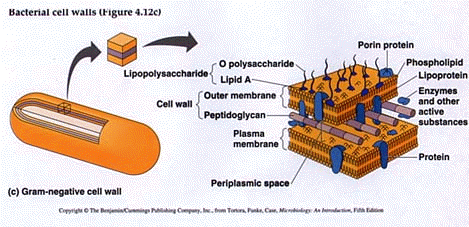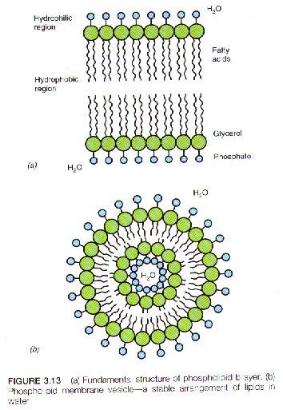|
Feature
|
Prokaryotic cell
|
Eukaryotic cell
|
| Nucleus |
Absent. No nuclear envelope |
Present with nuclear envelope and nucleolus |
| Membrane-bound organelles |
Absent |
Present. Includes mitochondria, chloroplasts (plants), lysosomes |
| Chromosome (DNA) |
Single coiled chromosome in cytoplasm 'nucleoid' region in association
with 'histone-like' proteins |
Multiple linear chromosomes with histone proteins |
| Cell division (asexual) |
No true mitotic apparatus. Divide by binary fission or fragmentation |
Mitosis |
| Cell wall |
Eubacteria have a cell wall of peptidoglycan
Archaea have cell walls of pseudomurein |
No cell walls in animal cells
Plant cell walls = cellulose
Fungal cell walls = chitin |
| Ribosomes |
70S. Free in cytoplasm |
80S. Both free in cytoplasm and attached to rough E.R.
70S in mitochondria and chloroplasts |
| Cytoskeleton |
absent |
present consisting of microtubules and filaments |
| Flagella |
when present consist of protein flagellin |
consist of 9+2 arrangement of microtubules |
| Cytoplasmic membrane lipids |
Eubacteria= Fatty acids joined to glycerol by ester linkage
Archaea= Hydrocarbons joined to glycerol by ether linkage |
Fatty acids joined to glycerol by ester linkage |
I. Typical Characteristics of prokaryotes


